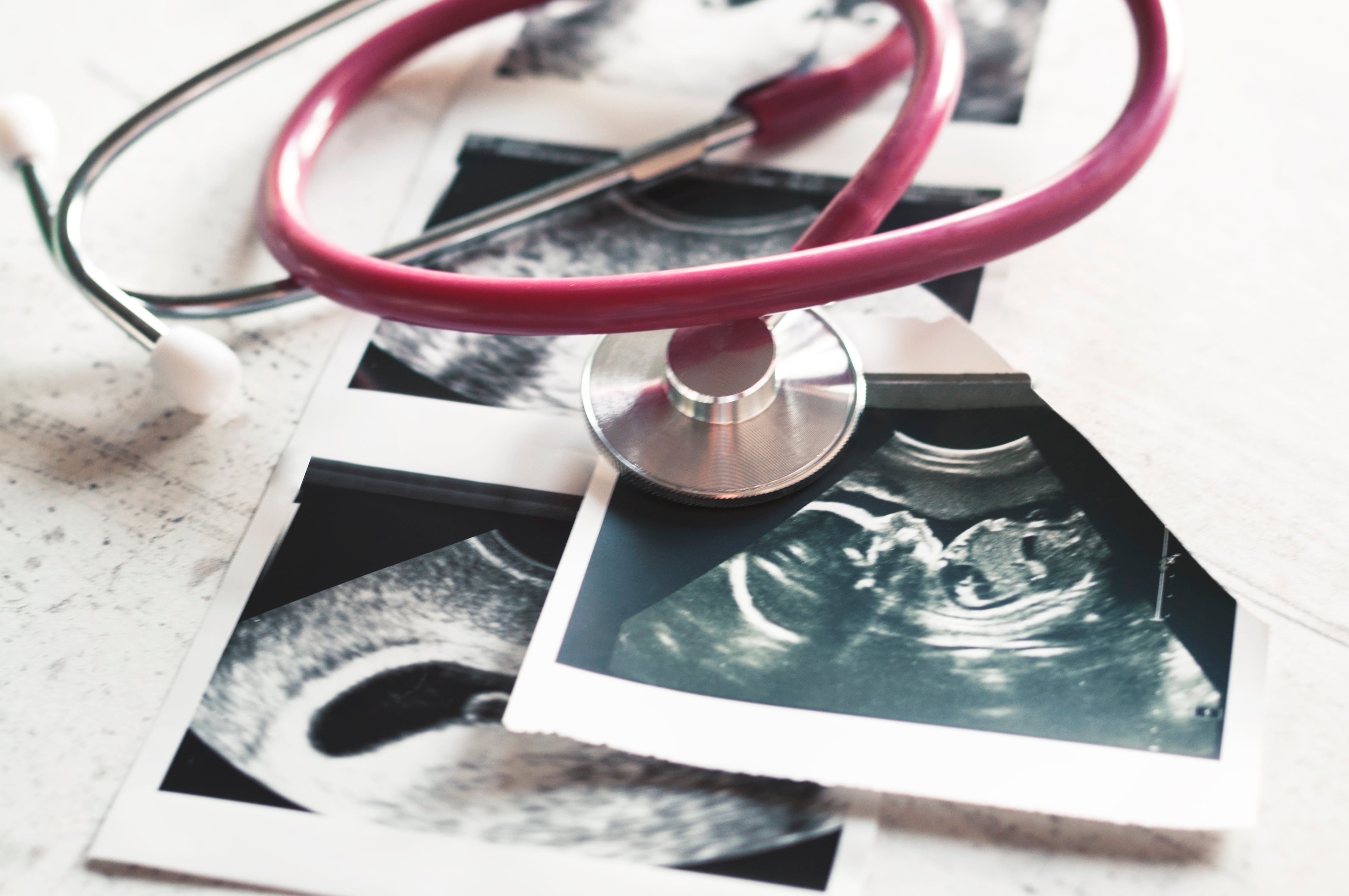How Dobbs v Jackson Women’s Health Organization Decision Influenced Self-Management Medication Use
Cross-sectional study explores the impact of this monumental Supreme Court ruling.

The June 2022 Supreme Court decision surrounding Dobbs v Jackson’s Women’s Health Organization overturned women’s right to have an abortion in the United States, with 14 states enacting total/near-total bans and two additional states enacting six-week bans.
Given that this ruling completely altered the legislative landscape, in a cross-sectional, US-wide study published in JAMA,1 investigators sought to determine—over a six-month period following the ruling—how many individuals purchased abortion meds outside the traditional healthcare system, along with how many of them used said medications to conduct their own version of an abortion.
Known as self-management, this can include the use of botanical, herbs, and self-harm, but in other cases, it involves using abortion medications, such as mifepristone and misoprostol, either in conjunction with one another or by just taking misoprostol on its own, according to the study authors. However, it’s important to note that these forms of self-management have been commonplace even prior to the Dobbs decision, especially in southern states where in-clinic abortions were restricted. From July-December 2022 alone, the study noted an estimated 32,260 fewer abortions that occurred.
The investigators gathered data from entities offering abortion drugs outside the formal US healthcare setting between the dates of March 1 and Dec. 31, 2022, by reaching out to activists, advocacy groups, and journalists. They also gathered information from Plan C—an organization that specializes in information on this exact subject matter—and by scouring the internet.
From there, they pinpointed three main types of sources that used a different model to provide self-managed abortion medications:
- Community networks offering abortion medications via volunteers
- Online vendors that were selling abortion medications
- Telemedicine organizations providing abortion meds with the assistance non–US-based clinicians
With each source, the investigators determined the total number of provisions of abortion medications in each of the six months after the Dobbs decision, then comparing these alongside monthly provisions within the two months of monthly provision counts in the pre-Dobbs era, as a way to predict events had not taken place.
Therefore, in the six-month post-Dobbs timeframe, the total number of provisions of medications for self-managed abortion increased by 27,838 (95% credible interval [CrI], 26 374-29 175), compared to what would have been predicted based on pre-Dobbs levels.
If one removes the imputed data changes, the results are somewhat altered (27,145; 95% CrI, 25,747-28,246). When taking nonuse of medications into account, the number of actual self-managed medication abortions increased by an estimated 26,055 (95% CrI, 24 739-27 245), versus what would have been expected had the Dobbs decision not taken place, according to the study.
There were various limitations to this analysis, including the inability to cross-reference provisions across different sources, which means there could be a chance that shipments from multiple sources could be for the same person. Some sources, such as online vendors, do not ask people for their clinical history, so it could be difficult to differentiate these provisions from those expected to be used immediately, according to the study authors.
As a result, the authors observed that, “…Results suggest that a substantial number of abortion seekers accessed services despite the implementation of state-level bans and restrictions.”
Reference
1. Aiken ARA, Wells ES, Gomperts R, Scott JG. Provision of Medications for Self-Managed Abortion Before and After the Dobbs v Jackson Women’s Health Organization Decision. JAMA. Published online March 25, 2024. doi:10.1001/jama.2024.4266
An Exploration of Compounding Practices
May 22nd 2025In a Q&A with Pharma Commerce, Kurt Lunkwitz, ProRx Pharma’s COO, uncovers the stringent requirements that 503B outsourcing facilities must abide by under the Drug Quality and Security Act, while also shedding light on the FDA’s impact when it comes to improving the safety, quality, and trust in compounded drugs.